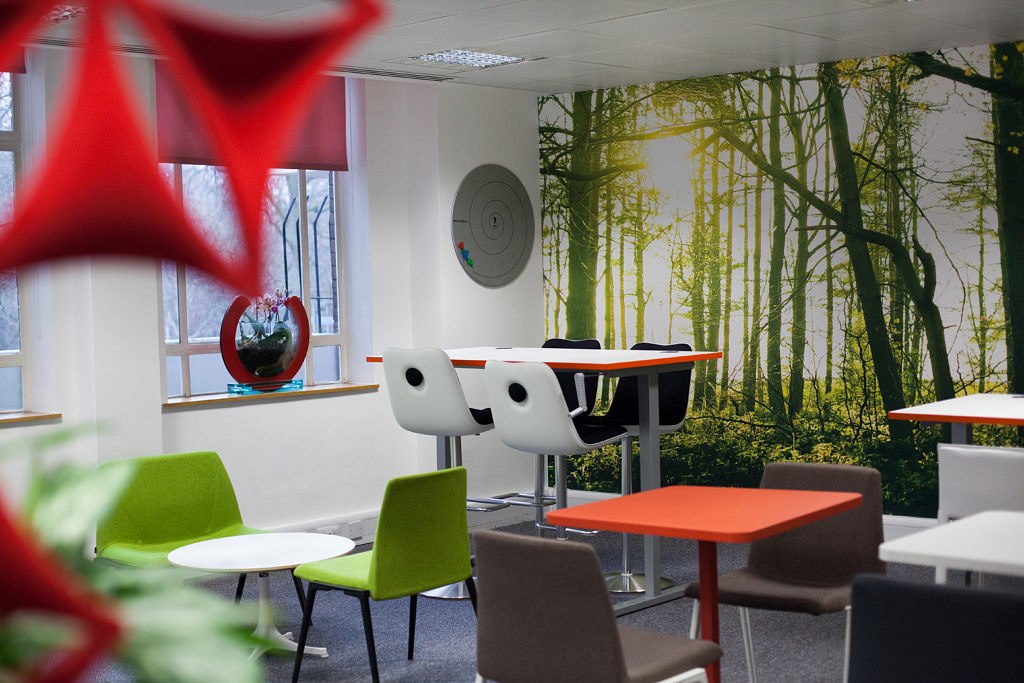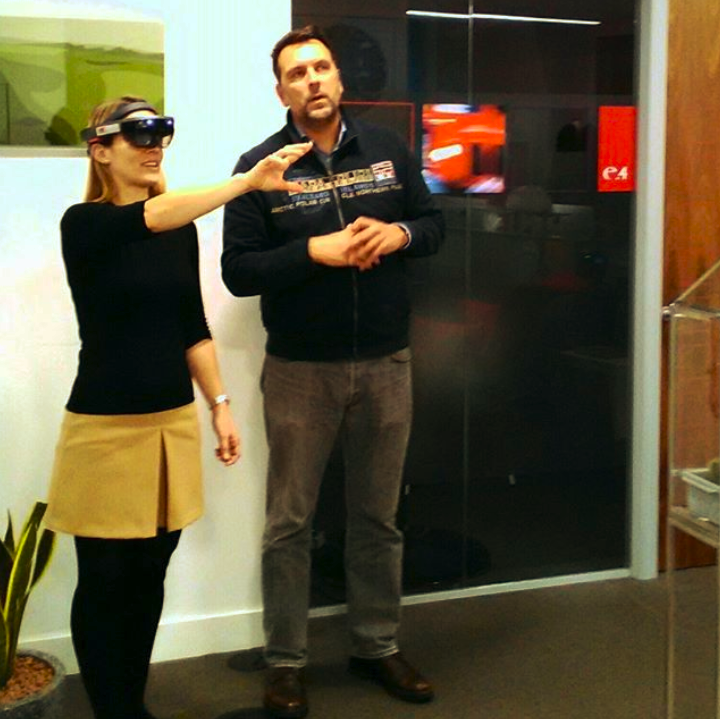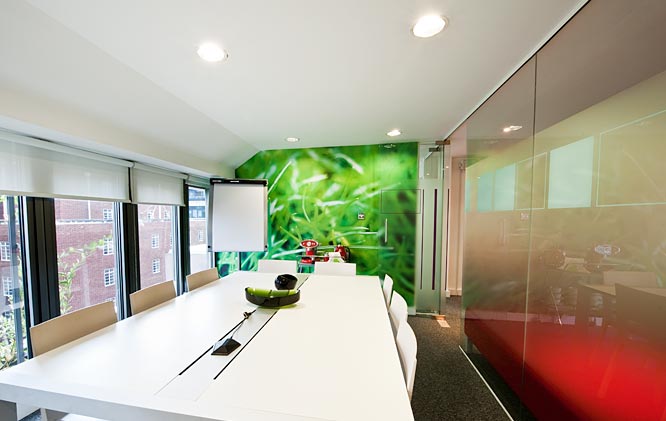How do you make office tech work? Dialogue
Depending on who you talk to, office technology is either the gold-paved pathway to efficiency and happiness — or a source of unfathomable frustration.
Of course, it is neither one nor the other, or rather, it can be both at the same time.
Instant messaging apps, popularised by Slack, can help pool ideas quickly and encourage less vociferous team members to have their opinions aired. However, they can also be misused to spread gossip or share amusing Facebook videos.

Salesforce, to give another example, can indeed bring together design, marketing and security operations into one seamless product. Yet if some members have not received adequate training, disparities between individuals and teams can be intensified.
What is often forgotten in these heady debates is that technology is always a means to an end, not an end in itself.
Richard Susskind, lawyer and author of several books about the future of the legal profession, once gave the following example of a company producing electric drills.
“What customers want is bigger drills with twice the power of our previous model”, ran the general consensus. Until one junior executive piped up: “No, what our customers want is this” — before pointing to a neat hole in the wall.
At TempaGoGo, we made the decision to design and build all of our tech infrastructure in-house from day one. We heard of other startups outsourcing all their software and service providers to other companies, and wanted to avoid problems related to communication and integration.
The bottom line is this: technology must work.
As excited as employees no doubt are about added amenities, the figures suggest what workers are most concerned about is getting work done.
According to a recent survey conducted by Oxford Economics, almost a third of all team members cited “the ability to focus and work without interruptions” as the most important factor influencing productivity — almost three times as many who favoured “having the technology to facilitate collaboration”.

The next question to ask, then, is this: how do you make office tech work for all team members? Adequate training is of course crucial, but this isn’t enough.
Technology, like open offices pioneered since the 1950s, breaks down barriers and encourages collaboration and connectivity. However, this means that boundaries between work and home life are becoming increasingly blurred, with consequences on employee engagement and health.
Employers must thus work tightly together with their employees to set rules and best practices for new technologies. Regulations exist in other ambits of the office, and the same should apply for digital aspects such as telecommuting, remote working and fair use policies.
Somewhat alarmingly, there seems to exist a discrepancy between what employers and their team members expect in terms of digital practices in the office.
For instance, Oxford Economics reveal that 47% of all employees think their bosses want them to be available after-hours “always” or “frequently”. However, only 1 in 4 employers actually do expect this!
Workers who feel unable to “disconnect” from their work after office hours are those most likely to suffer “burnout”. Reasonable boundaries must be set for using technology when not at work, especially as 25% of all employees say they turn to their devices simply out of habit or compulsion.
Furthermore, almost half of executives feel their employees have the tools they need to deal with distractions when outside the office — only a third of employees feel the same way.

These are the sorts of issues all too frequently brushed under the carpet when employees meet or work alongside their supervisors. This is all the more regrettable given employee engagement is not just an added luxury — study after study shows how happy team members are the most efficient, committed and satisfied.
It’s not all doom and gloom, of course. Employers and employees are in the same boat as regards the encroachment of business on a healthy work/life balance, with managers often finding it harder to switch off. One fifth of all executives say technology has a negative impact on their health — so solutions must be worked out together for the benefit of employers and employees alike.
This is not as abstract as it might appear. Encouraging everybody to switch off after hours is easy to implement, especially if executives agree to their part of the bargain. Anonymous feedback requests should be enabled to allow employees to praise or criticise particular software or working methods. Employees should feel capable of working effectively outside the office, so all information and systems available at work should be integrated so as to be accessible remotely.

The whole aim of technological developments in the workplace is to get more done with less. If laborious admin tasks can be automated, then employees get to do more of the work they were contracted to do higher up the value chain, possibly even boosting bottom lines directly. Engaged employees, it should be remembered, are also productive ones.
With sensible planning, integrated devices and regular dialogue between bosses and team members, this harmonious state of affairs can be more easily reached, for the benefit of all.
Author: Tom Higgins Toon, Marketing and Operations Officer at TempaGoGo, an online marketplace for temp recruitment agencies.
Photo credits: eOffice



